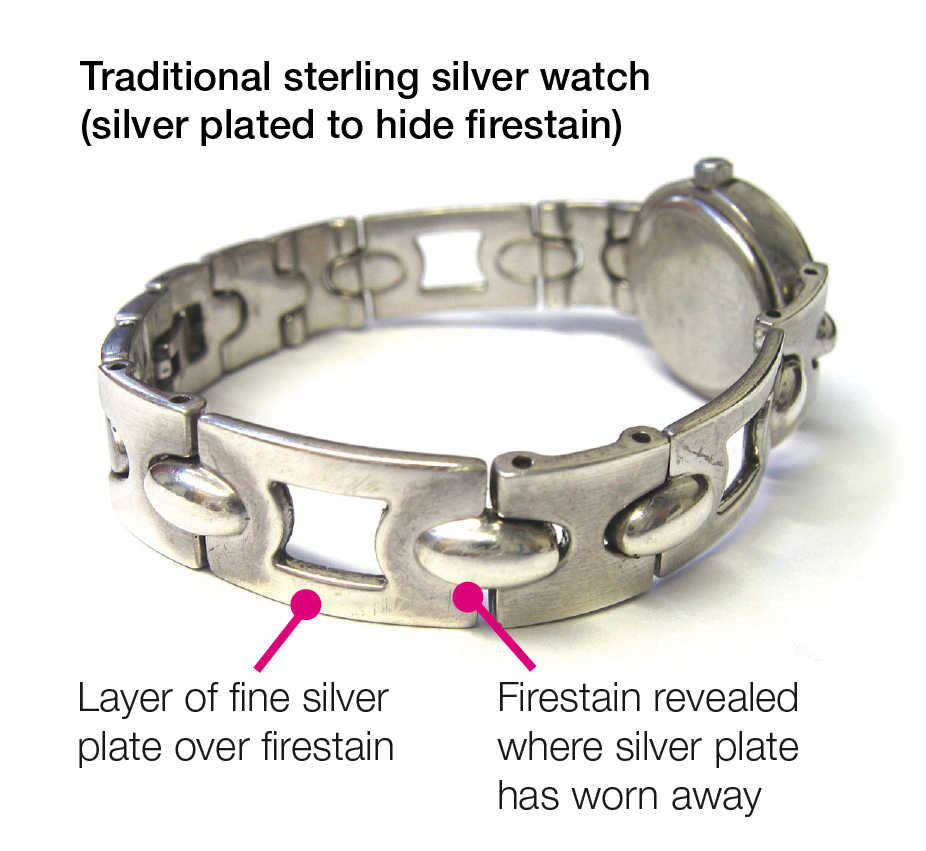|
Silversmithing
A silversmith is a metalworker who crafts objects from silver. The terms ''silversmith'' and ''goldsmith'' are not exact synonyms, as the techniques, training, history, and guilds are (or were, at least) largely the same but differed in that the end product may vary greatly (as may the scale of objects created). History In the ancient Near East (as holds true today), the value of silver was lower than the value of gold, allowing a silversmith to produce objects and store them as stock. Historian Jack Ogden states that, according to an edict written by Diocletian in 301 A.D., a silversmith was able to charge 75, 100, 150, 200, 250, or 300 '' denarii'' per Roman pound for material produce. At that time, guilds of silversmiths formed to arbitrate disputes, protect its members' welfare, and educate the public of the trade. Silversmiths in medieval Europe and England formed guilds and transmitted their tools and techniques to new generations via the apprentice tradition. Silverwo ... [...More Info...] [...Related Items...] OR: [Wikipedia] [Google] [Baidu] |
Firescale
Firestain is a layer of oxides that is visible on the surface of objects made of metal alloys containing copper when the object is heated, as by a jeweler heating a ring to apply solder during a repair. On copper-containing alloys of gold or of silver (such as sterling silver), it presents as a red or purple stain. This is because at high temperatures, oxygen mixes with the copper to form cuprous oxide and then cupric oxide, both of which disrupt the bright polished surface of the finished piece. There are various methods used to either prevent or repair firestain. Preventative methods Firestain can be largely prevented by heating the object in an atmosphere in which the oxygen has been replaced with another combustive gas such as hydrogen or ammonia. Chemical agents called fluxes can reduce firestain when applied to metals before heating. Flux is usually made out of borax but other chemical compounds also have applications as fluxes. Curative methods Techniques such as polishing ... [...More Info...] [...Related Items...] OR: [Wikipedia] [Google] [Baidu] |
Silver
Silver is a chemical element; it has Symbol (chemistry), symbol Ag () and atomic number 47. A soft, whitish-gray, lustrous transition metal, it exhibits the highest electrical conductivity, thermal conductivity, and reflectivity of any metal. Silver is found in the Earth's crust in the pure, free elemental form ("native metal, native silver"), as an alloy with gold and other metals, and in minerals such as argentite and chlorargyrite. Most silver is produced as a byproduct of copper, gold, lead, and zinc Refining (metallurgy), refining. Silver has long been valued as a precious metal. Silver metal is used in many bullion coins, sometimes bimetallism, alongside gold: while it is more abundant than gold, it is much less abundant as a native metal. Its purity is typically measured on a per-mille basis; a 94%-pure alloy is described as "0.940 fine". As one of the seven metals of antiquity, silver has had an enduring role in most human cultures. Other than in currency and as an in ... [...More Info...] [...Related Items...] OR: [Wikipedia] [Google] [Baidu] |


